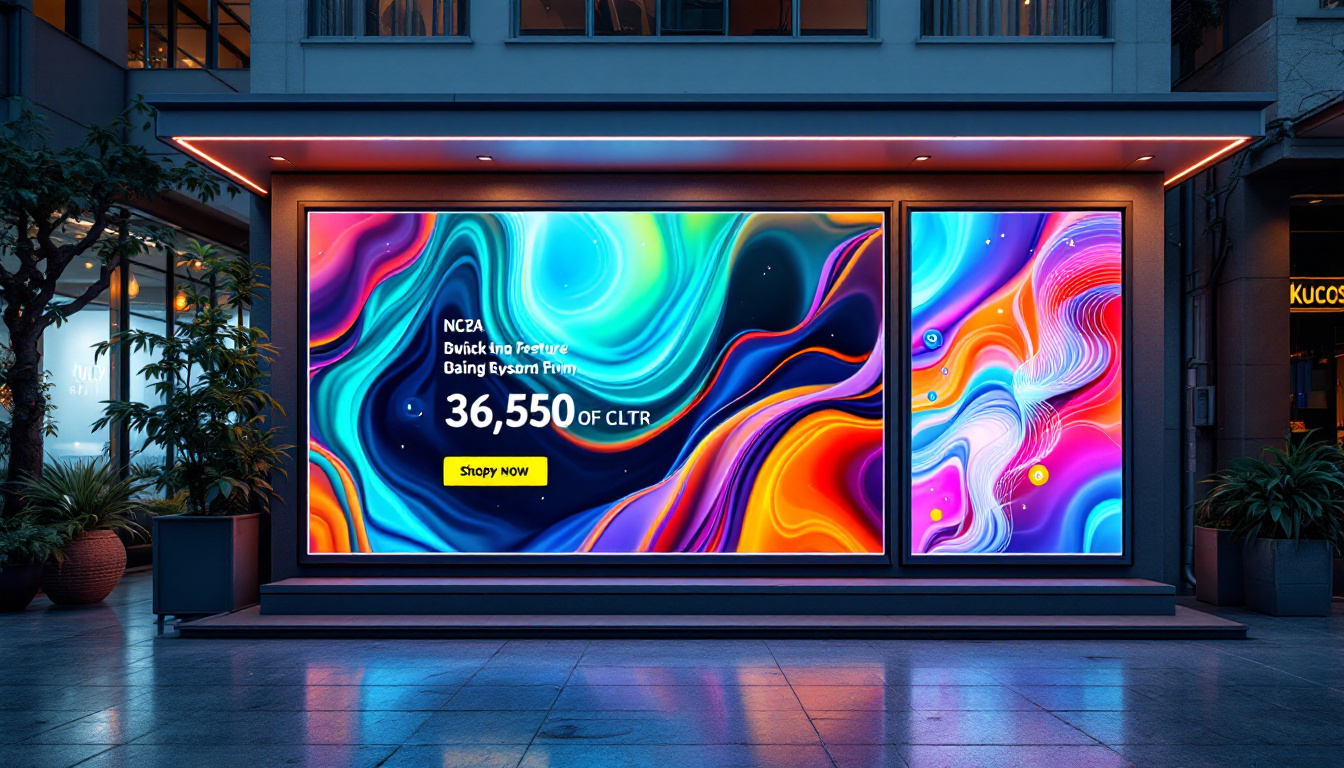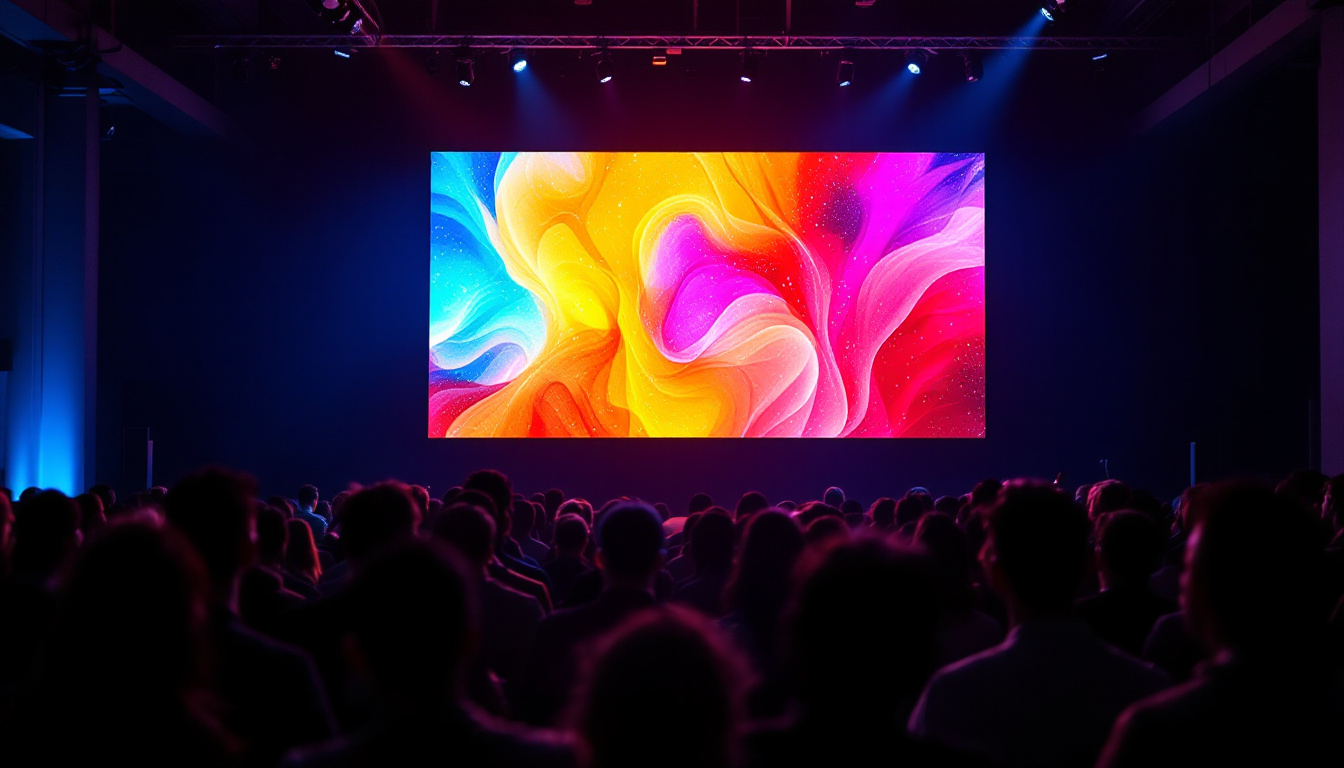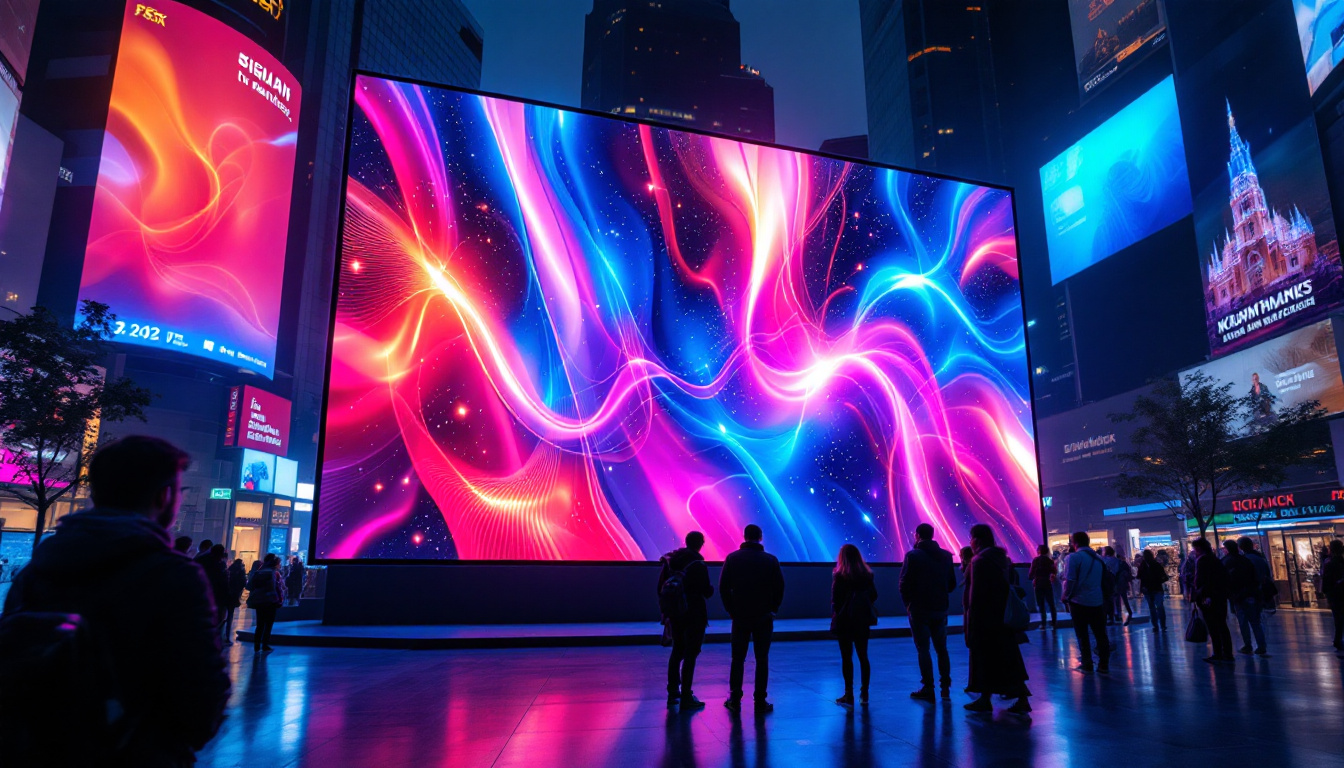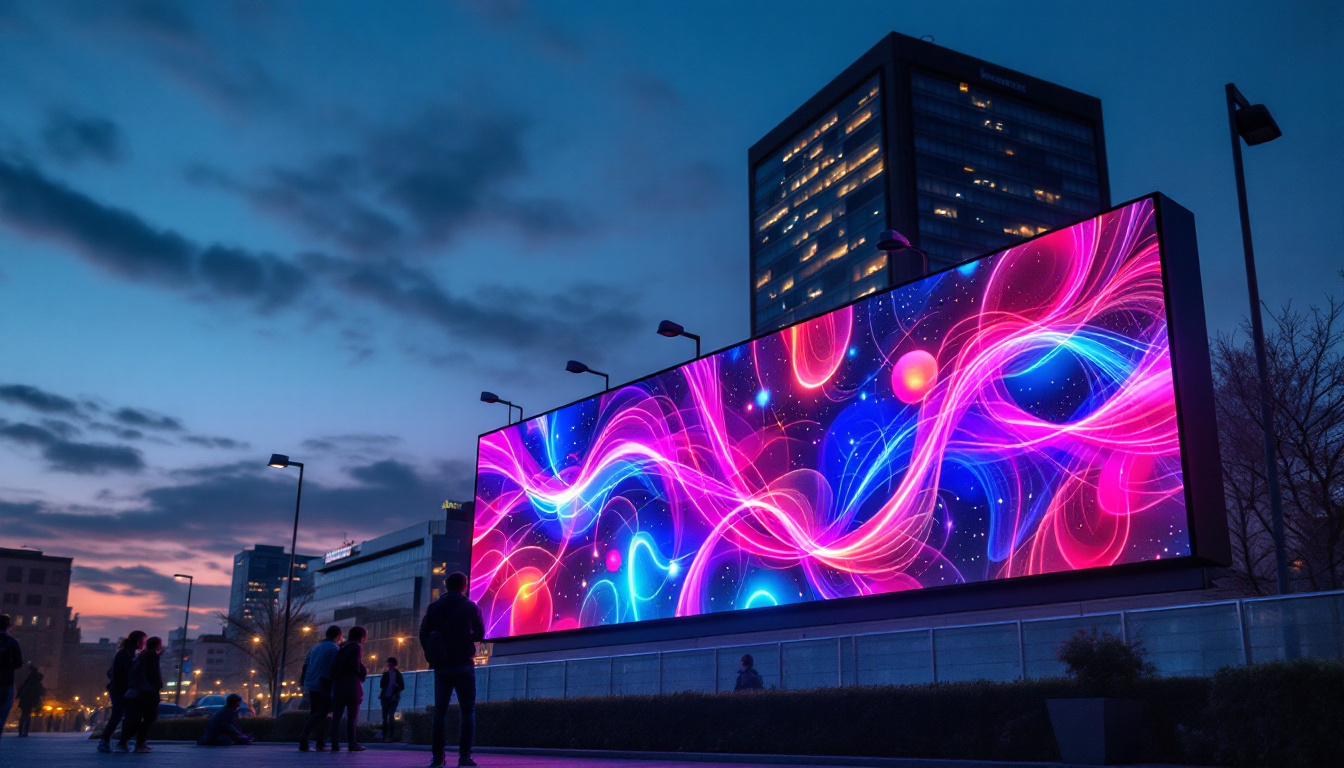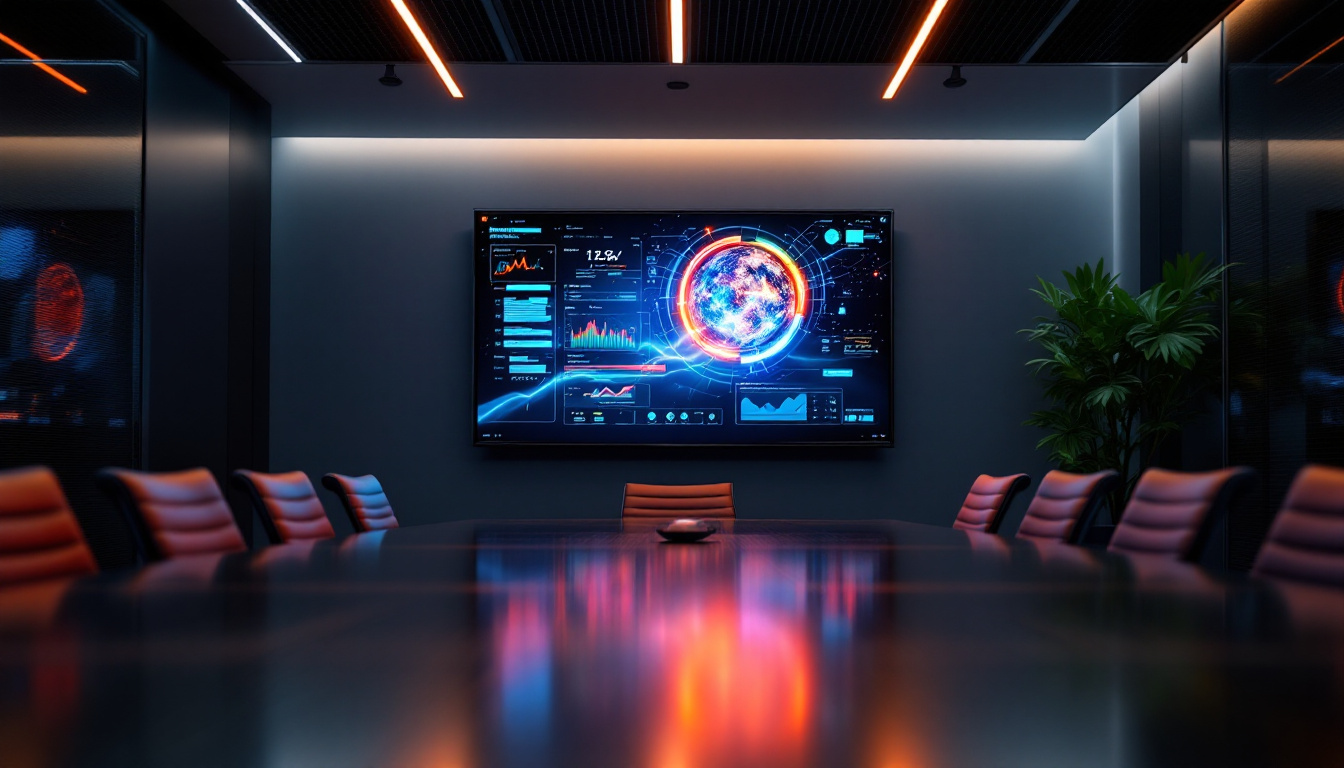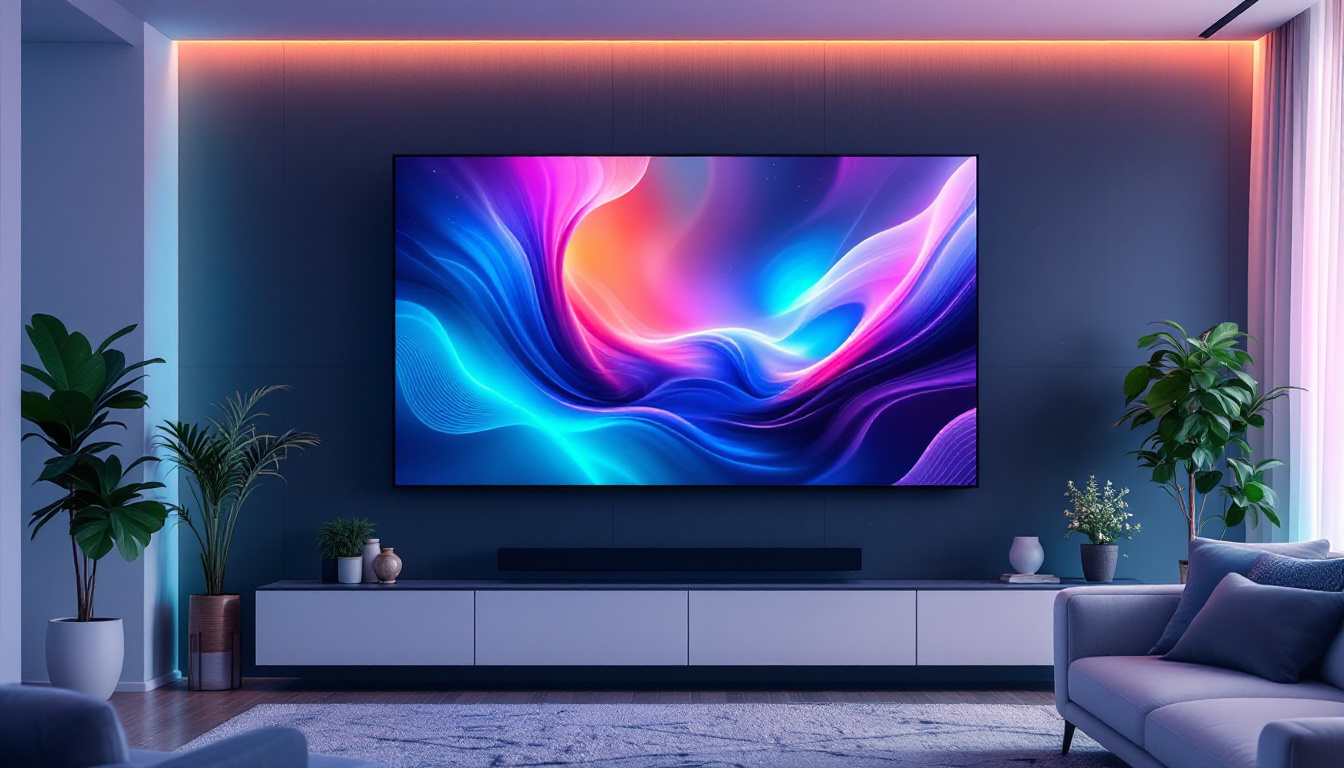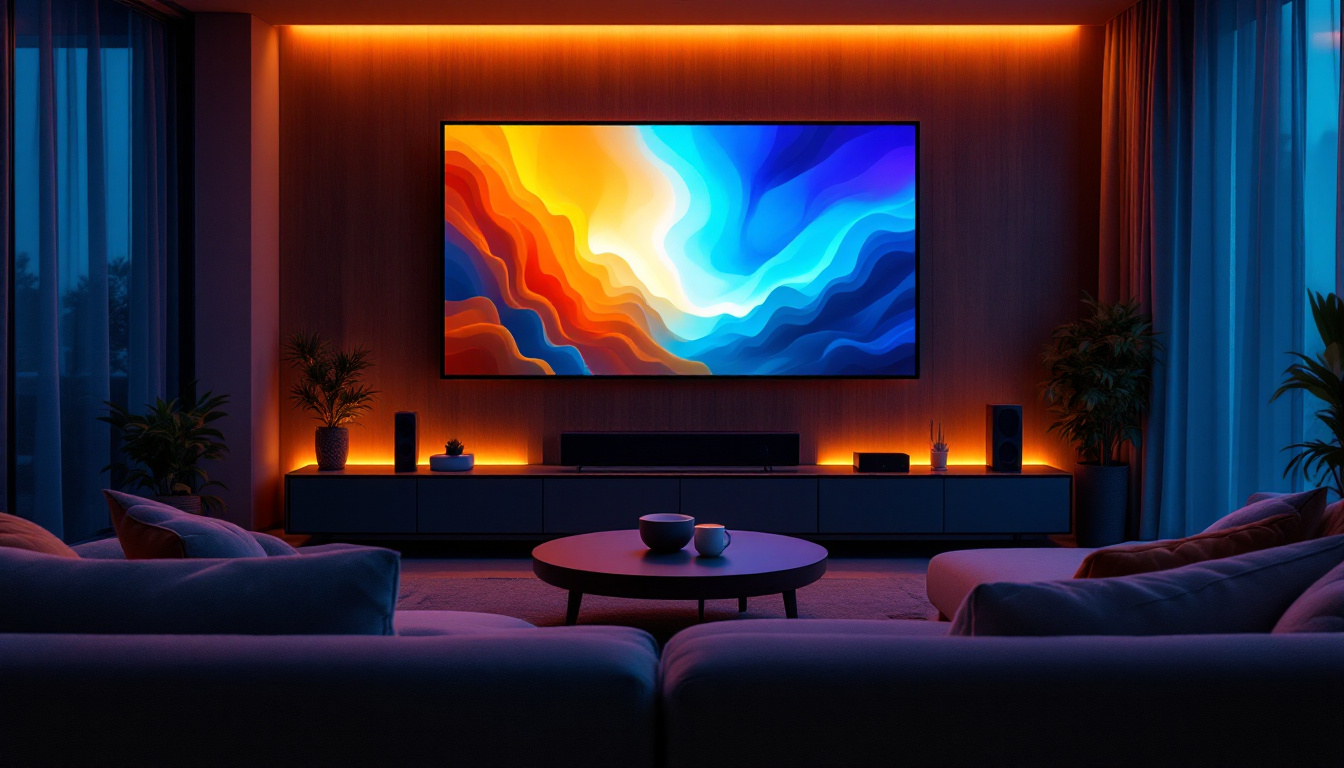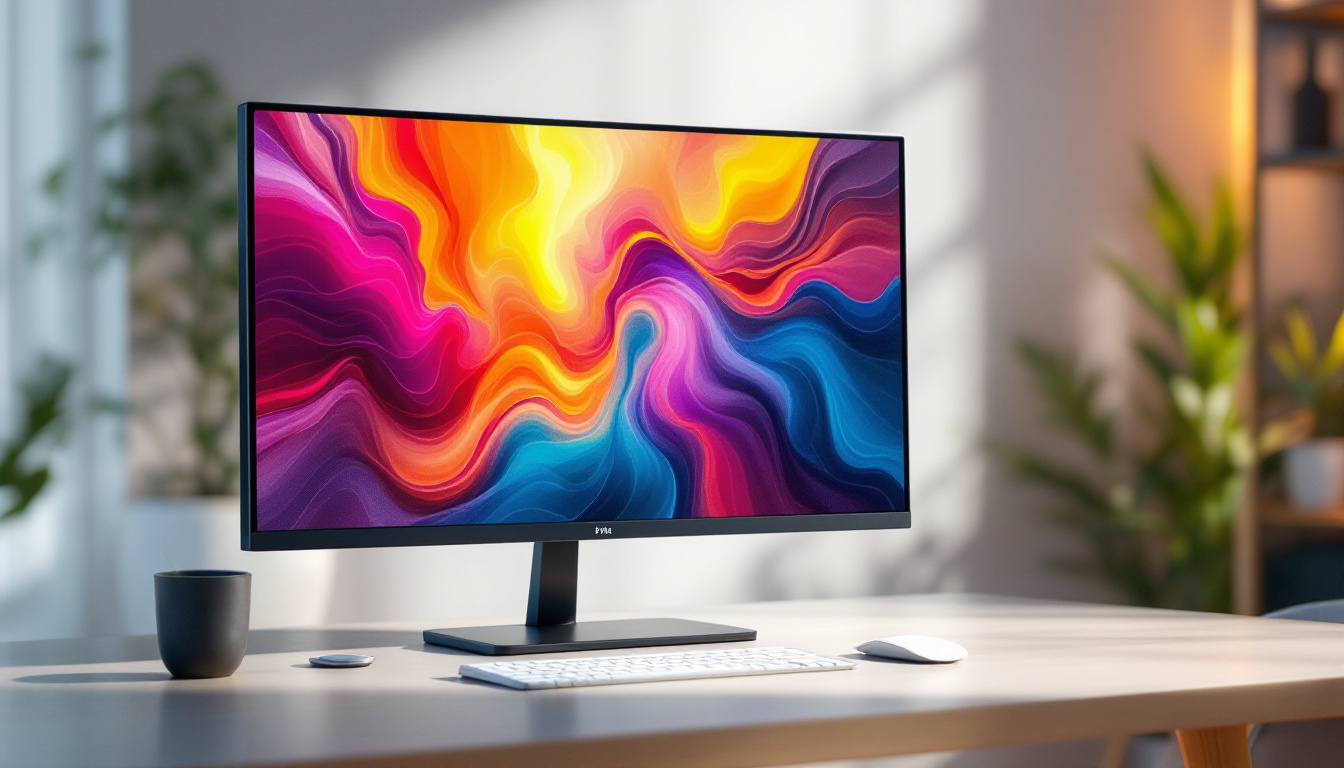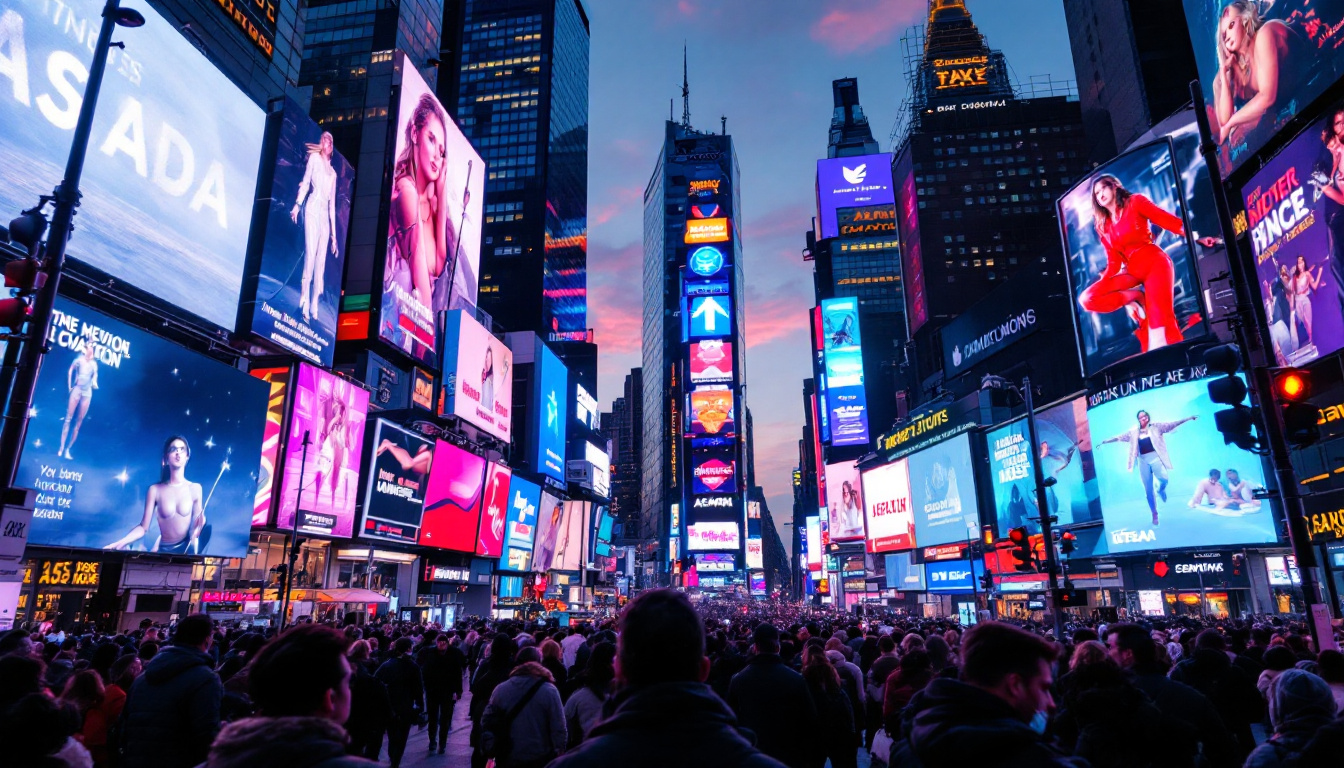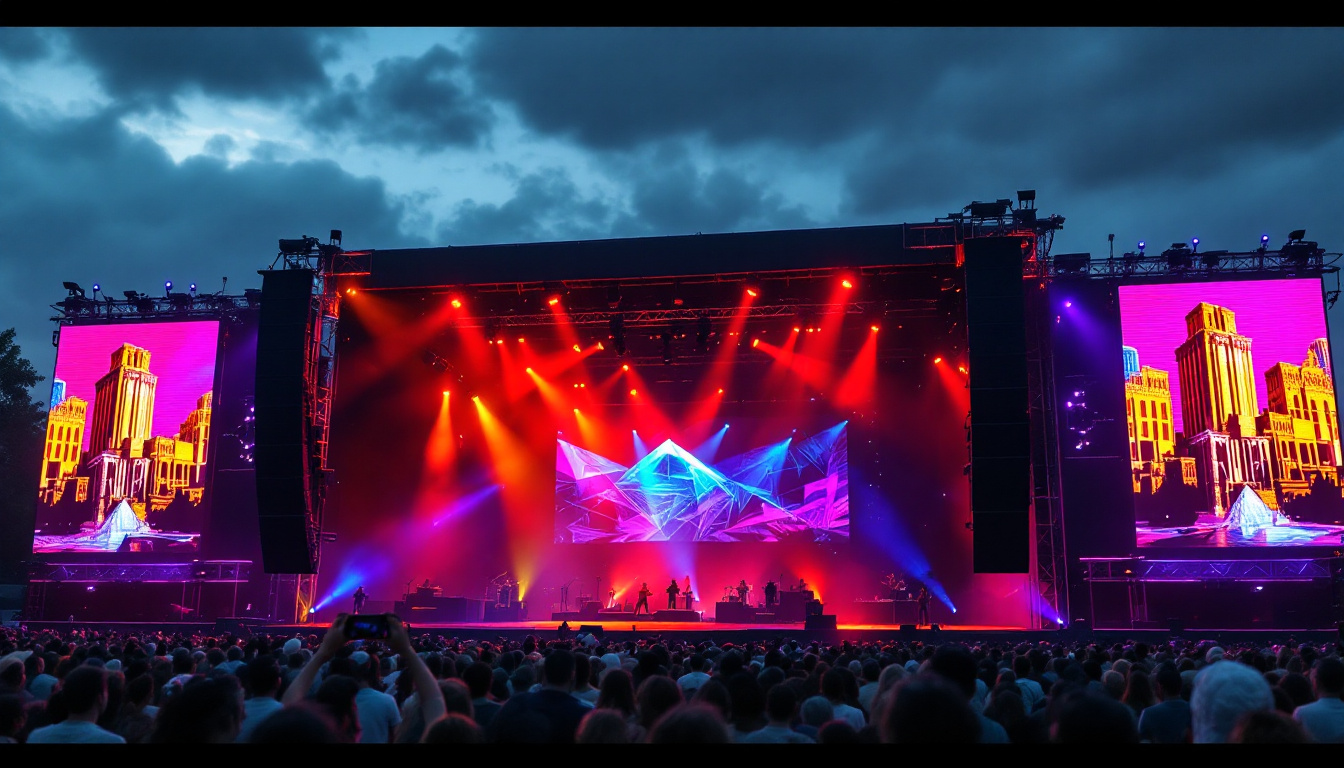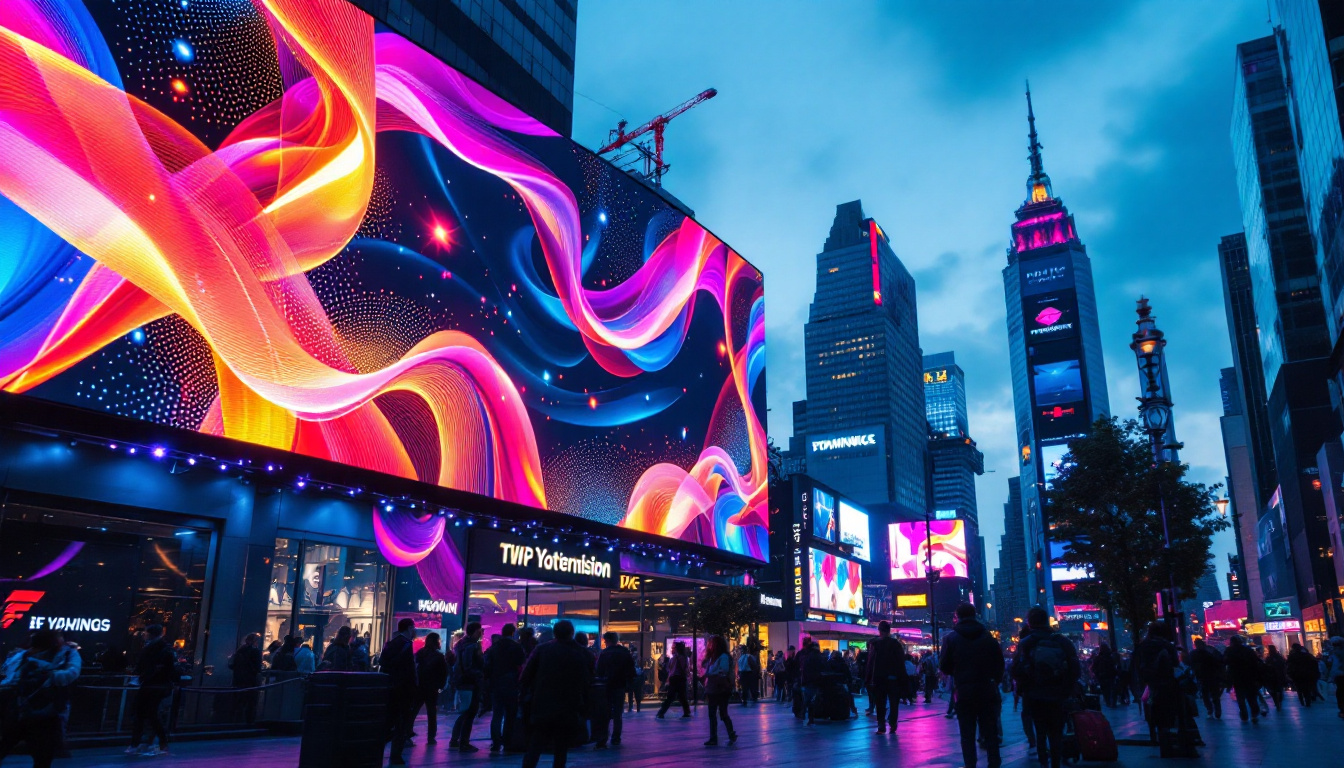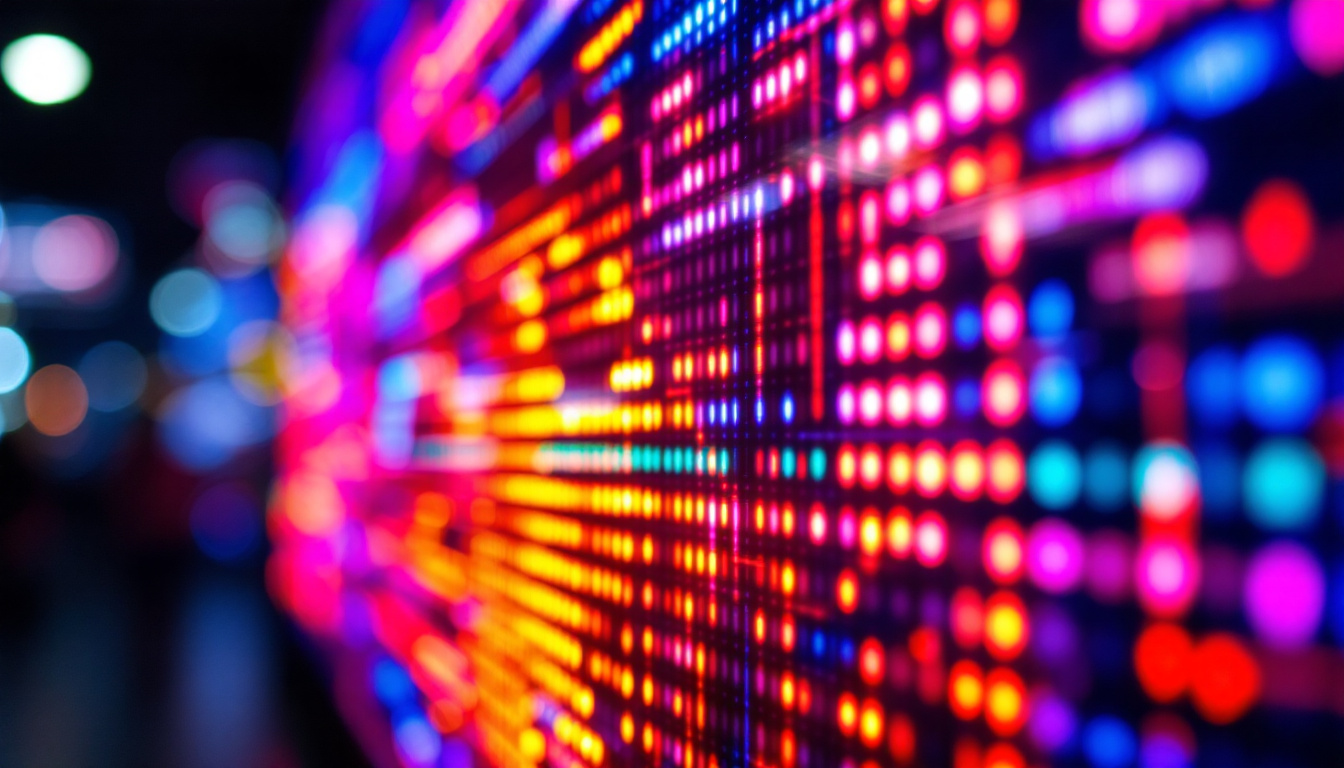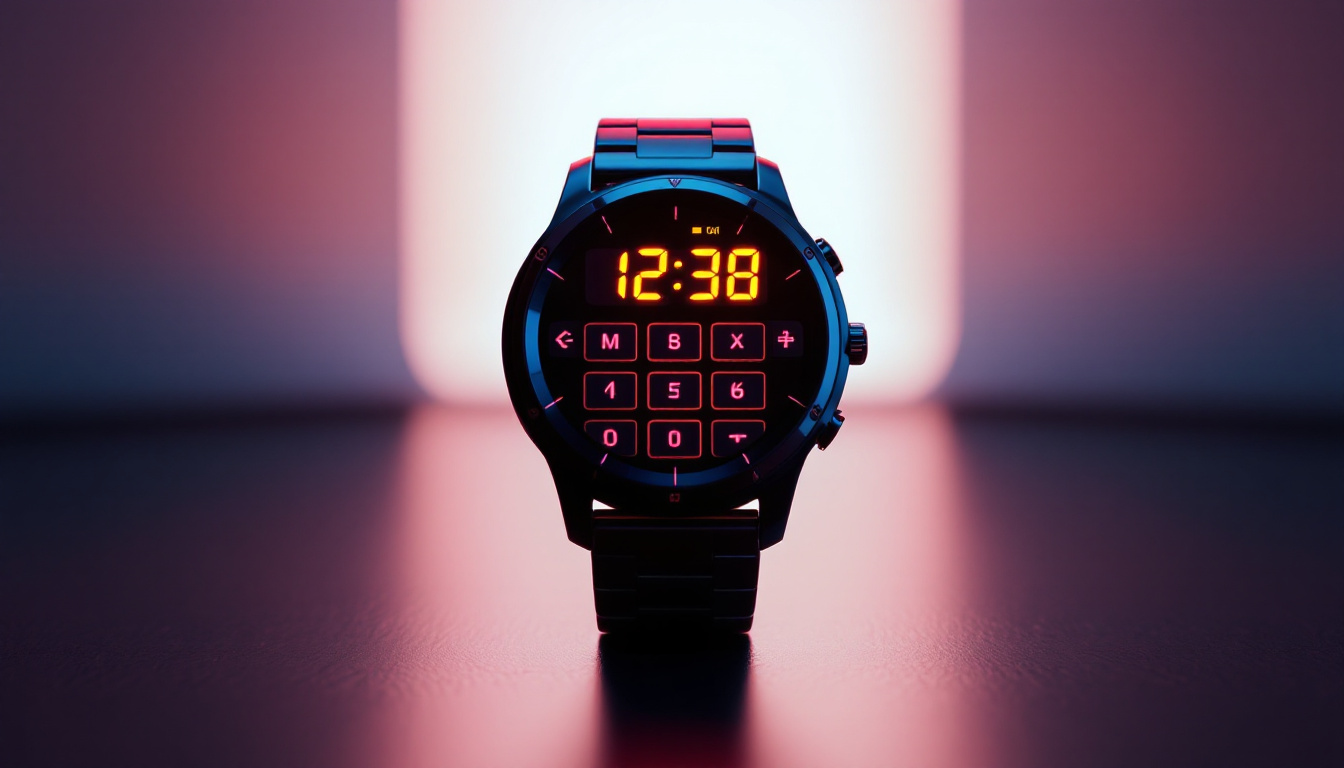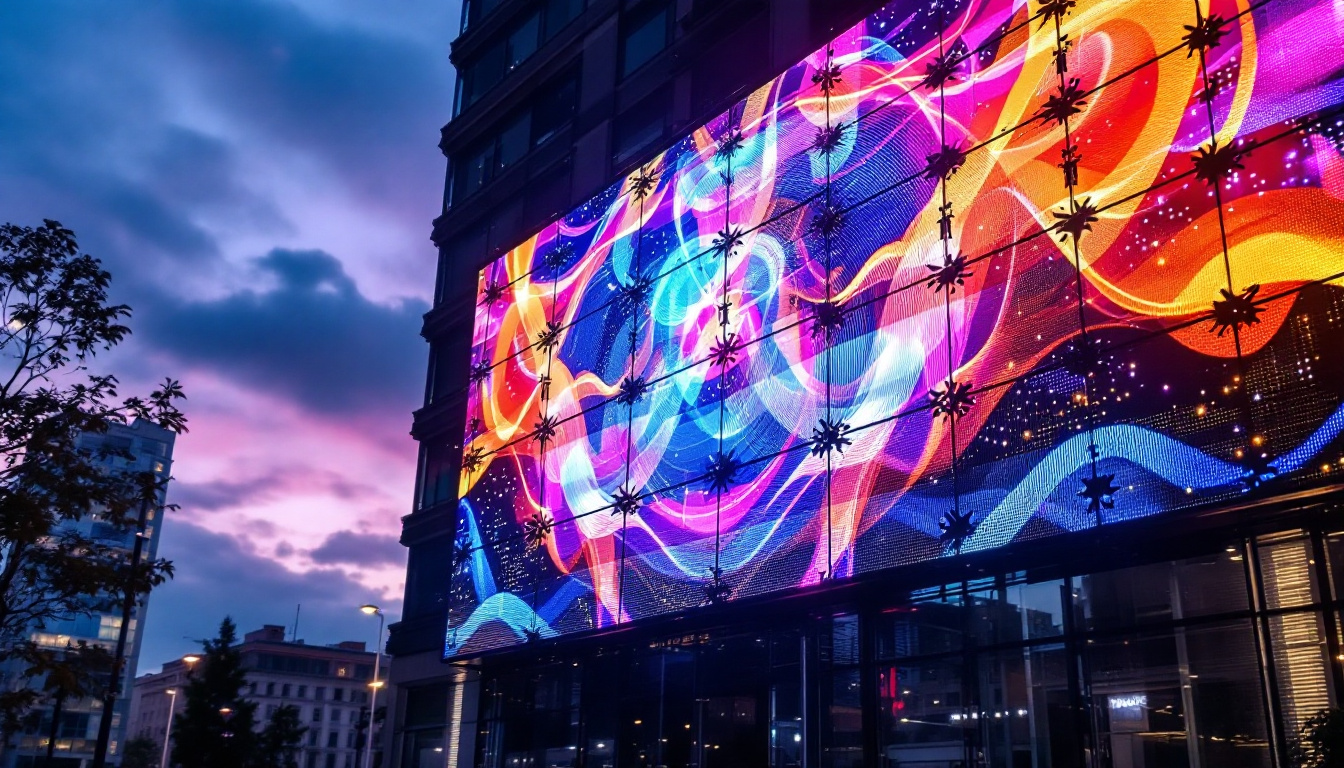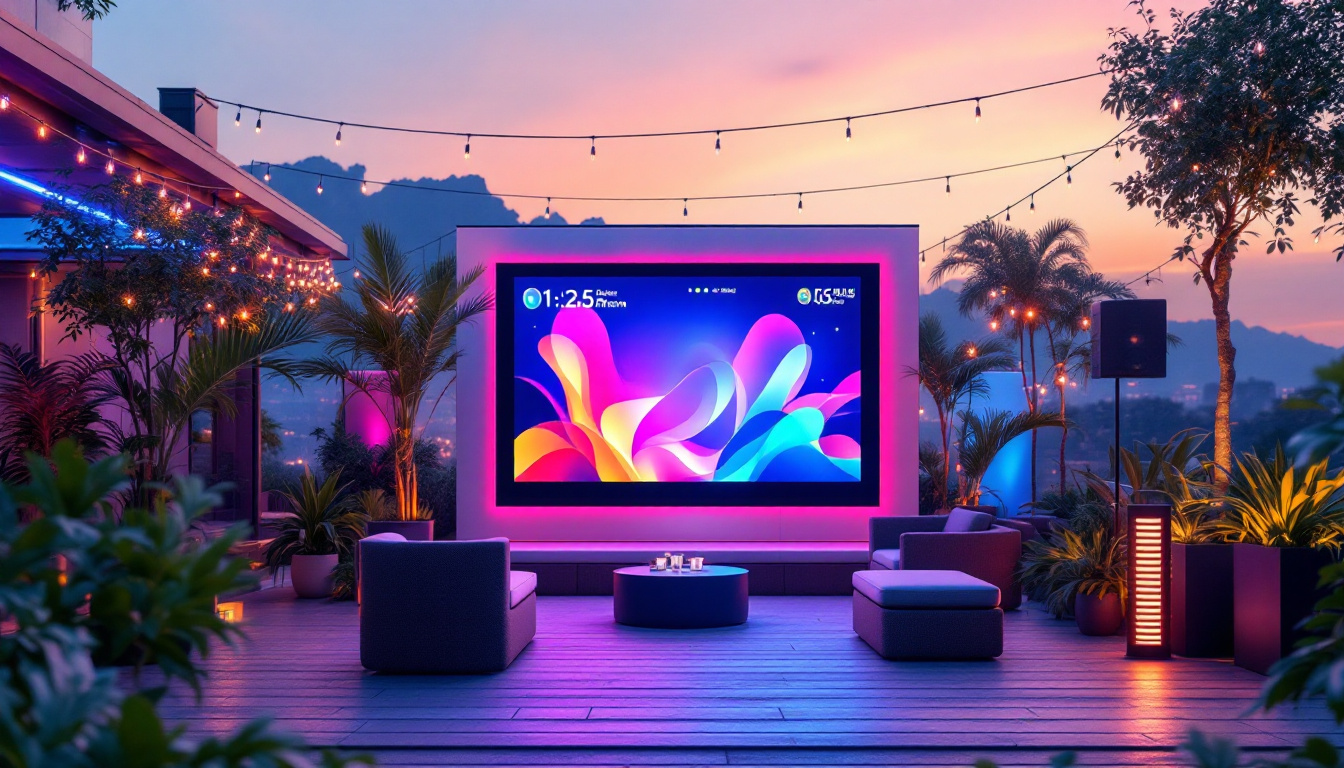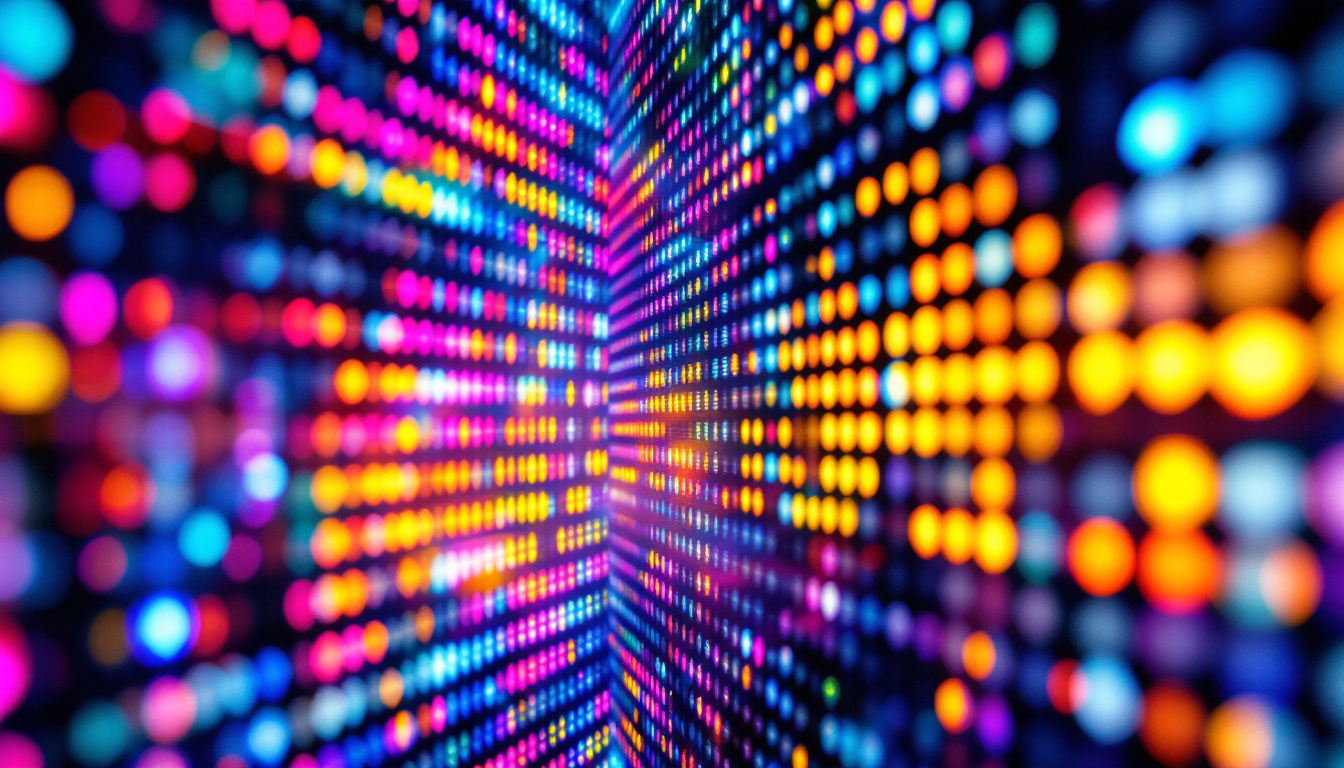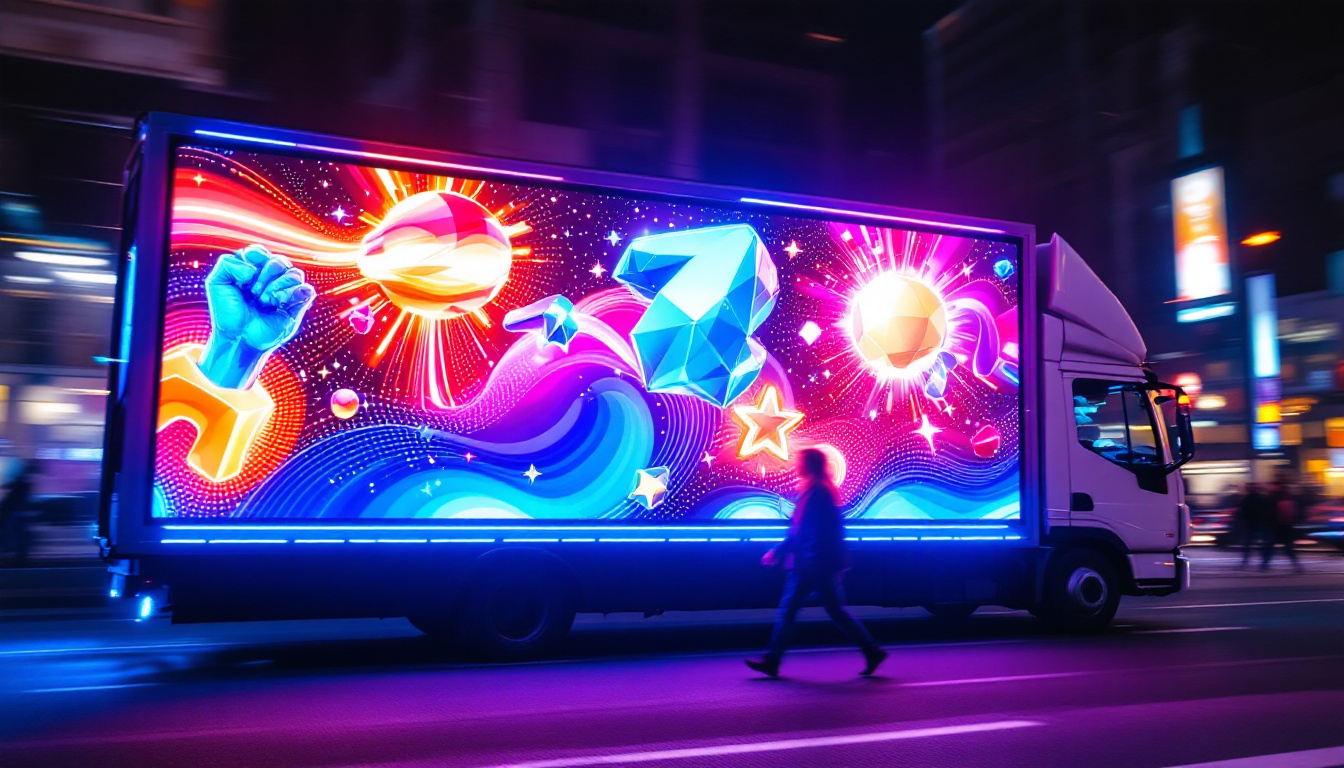In today’s digital age, LED displays have become an integral part of how we communicate visually, from the smartphones in our pockets to massive advertising billboards lighting up cityscapes. But what exactly is an LED display, and why has this technology become so prevalent across various industries? This comprehensive article will explore the fundamentals of LED displays, their types, applications, and the technology behind their vibrant visuals.
Understanding the Basics of LED Displays
LED stands for Light Emitting Diode, a semiconductor device that emits light when an electric current passes through it. An LED display is essentially a flat panel or screen that uses these tiny diodes as pixels to create images, videos, or text. Unlike traditional display technologies such as LCD or plasma, LED displays rely on these discrete light sources to produce bright, clear visuals.
The core advantage of LED technology lies in its ability to produce intense brightness and vivid colors while consuming less power. This efficiency and brightness make LED displays highly versatile, suitable for both indoor and outdoor environments, even under direct sunlight.
How LED Displays Work
Each pixel on an LED display is made up of one or more LEDs, typically red, green, and blue (RGB). By varying the intensity of these three colors, the display can produce millions of color combinations, enabling full-color images and videos. The LEDs are arranged in a grid pattern, and the display’s controller manages the illumination of each pixel to form the desired content.
Modern LED displays also incorporate advanced technologies such as surface-mounted device (SMD) LEDs, which are smaller and allow for higher pixel density, resulting in sharper images and smoother video playback.
Types of LED Displays
LED displays come in various forms, each designed for specific applications and environments. Understanding the different types helps in selecting the right display for a particular need.
1. Indoor LED Displays
Indoor LED displays are designed for controlled lighting environments such as conference rooms, retail stores, airports, and stadiums. These displays typically have a higher pixel density (smaller pixel pitch), which means the LEDs are packed closely together. This allows for high-resolution images that can be viewed comfortably from short distances.
Because indoor environments have less ambient light, these displays do not need to be as bright as outdoor models, which helps reduce power consumption and heat generation.
2. Outdoor LED Displays
Outdoor LED displays are built to withstand harsh weather conditions, including rain, wind, and extreme temperatures. They have a larger pixel pitch compared to indoor displays, which means the LEDs are spaced further apart. This is because outdoor viewers typically observe the display from greater distances, so the resolution requirements differ.
One of the most critical features of outdoor LED displays is their high brightness levels, often exceeding 5,000 nits, to remain visible even in direct sunlight. They also have protective coatings and enclosures to prevent damage from environmental factors.
3. Transparent LED Displays
Transparent LED displays are an innovative variation that allows light to pass through the screen, making them ideal for glass windows or storefronts. These displays combine aesthetics with functionality, enabling businesses to showcase dynamic content without obstructing natural light or visibility.
They are widely used in retail, exhibitions, and architectural applications where maintaining an open, airy feel is important.
4. Flexible LED Displays
Flexible LED displays use bendable substrates, allowing the screen to curve or wrap around surfaces. This technology opens up creative possibilities for advertising, stage design, and wearable tech. Despite their flexibility, these displays maintain the brightness and color quality typical of traditional LED screens.
Applications of LED Displays
The versatility of LED displays has led to their adoption across numerous sectors. Their ability to deliver bright, clear, and dynamic content makes them ideal for a wide range of uses.
Advertising and Digital Signage
One of the most visible applications of LED displays is in advertising. From Times Square’s towering billboards to highway digital signs, LED displays capture attention with their vibrant colors and motion capabilities. Digital signage powered by LED technology allows businesses to update content in real-time, target specific audiences, and create interactive experiences.
According to recent market research, the global digital signage market is expected to grow at a compound annual growth rate (CAGR) of over 8% through 2028, driven largely by advancements in LED display technology and increased demand for dynamic advertising.
Sports and Entertainment Venues
LED displays have revolutionized the spectator experience in stadiums, arenas, and concert venues. Large-scale LED video walls provide instant replays, live feeds, and interactive content to thousands of attendees. Their brightness ensures visibility even in daylight, while their durability withstands the rigors of outdoor events.
Additionally, LED displays are used in stage backdrops and immersive installations, enhancing performances with vivid visuals and synchronized lighting effects.
Transportation and Public Information
In airports, train stations, and bus terminals, LED displays provide real-time information such as schedules, alerts, and wayfinding. Their clarity and reliability are essential for helping travelers navigate busy environments efficiently.
Similarly, LED screens are used in traffic management systems, displaying warnings, speed limits, and other critical messages to drivers.
Retail and Hospitality
Retailers use LED displays to create engaging window displays, promote products, and enhance the in-store experience. Hotels and restaurants leverage LED screens for menus, event promotions, and ambiance lighting.
The ability to quickly update content and tailor messaging to different times of day or customer demographics makes LED displays a powerful tool for customer engagement.
Advantages of LED Displays Over Other Technologies
LED displays offer several key benefits that have contributed to their widespread adoption and continued innovation.
Superior Brightness and Visibility
LED displays can achieve brightness levels far beyond those of LCD or plasma screens, making them ideal for environments with high ambient light. This ensures content remains visible and impactful, whether indoors or outdoors.
Energy Efficiency
Compared to older display technologies, LEDs consume less power while delivering brighter images. This energy efficiency translates into lower operating costs and a reduced environmental footprint, which is increasingly important for businesses and municipalities.
Longevity and Durability
LEDs have a long operational life, often exceeding 50,000 hours. Their solid-state nature makes them more resistant to shock and vibration than fragile components like fluorescent backlights or plasma cells. This durability is especially valuable for outdoor and high-traffic applications.
Thin and Lightweight Design
LED displays can be manufactured in thin, lightweight panels that are easy to install and integrate into various architectural designs. This flexibility supports creative applications that were not feasible with bulkier technologies.
Fast Response Time and Refresh Rates
LED displays have rapid response times and high refresh rates, reducing motion blur and flicker. This makes them ideal for video playback, gaming, and live event broadcasting.
Key Considerations When Choosing an LED Display
Selecting the right LED display involves evaluating several factors to ensure it meets the specific needs of the intended application.
Pixel Pitch and Resolution
Pixel pitch, measured in millimeters, refers to the distance between the centers of adjacent pixels. Smaller pixel pitches mean higher resolution and sharper images, which are crucial for close-up viewing. For example, indoor displays often have pixel pitches as small as 1.2 mm, while outdoor displays may range from 4 mm to 20 mm or more.
Brightness Levels
Brightness is measured in nits (candelas per square meter). Indoor displays typically require 800 to 1,500 nits, while outdoor displays may need 5,000 nits or higher to remain visible in sunlight.
Viewing Distance and Angle
The optimal viewing distance influences pixel pitch selection, while wide viewing angles ensure content is visible from various perspectives. LED displays generally offer excellent viewing angles, often exceeding 140 degrees horizontally and vertically.
Environmental Durability
For outdoor installations, displays must be weatherproof and resistant to dust, moisture, and temperature extremes. Look for IP ratings (Ingress Protection) that specify the level of protection, such as IP65 or higher.
Control Systems and Connectivity
Modern LED displays come with sophisticated control systems that allow remote content management, scheduling, and integration with other digital platforms. Compatibility with various input sources and network protocols is also important for seamless operation.
The Future of LED Display Technology
LED display technology continues to evolve rapidly, driven by advances in materials science, manufacturing processes, and digital integration.
MicroLED and MiniLED Innovations
Emerging technologies like MicroLED and MiniLED promise even higher resolution, improved contrast ratios, and greater energy efficiency. MicroLEDs are microscopic LEDs that enable ultra-high-definition displays with perfect blacks and vibrant colors, potentially surpassing OLED technology in performance and lifespan.
Integration with IoT and AI
As smart cities and connected environments grow, LED displays are becoming interactive platforms integrated with Internet of Things (IoT) devices and artificial intelligence (AI). This integration enables personalized content delivery, real-time data visualization, and enhanced user engagement.
Environmental Sustainability
Manufacturers are focusing on eco-friendly materials and recycling programs to reduce the environmental impact of LED displays. Energy-efficient designs and longer lifespans also contribute to sustainability goals.
Conclusion
LED displays represent a remarkable fusion of technology, design, and functionality that has transformed visual communication across countless industries. Their brightness, versatility, and efficiency make them an ideal choice for applications ranging from advertising and entertainment to public information and retail.
Understanding the different types of LED displays, their technical specifications, and appropriate use cases is essential for making informed decisions when selecting a display solution. As LED technology continues to advance, it will unlock new possibilities for immersive, interactive, and sustainable visual experiences.
Discover LumenMatrix LED Display Solutions
Ready to elevate your visual communication with cutting-edge LED technology? Look no further than LumenMatrix, a pioneer in crafting LED display modules that bring your brand to life. Whether you need an Indoor LED Wall Display for your corporate headquarters, an Outdoor LED Wall Display for high-impact advertising, or any of our specialized solutions like Vehicle LED Displays, LED Sports Displays, or Custom LED Displays, LumenMatrix has the expertise to transform your space. Embrace the future of digital signage with our All-in-One and Transparent LED Displays, designed to captivate and engage your audience. Check out LumenMatrix LED Display Solutions and start creating unforgettable visual experiences today.



